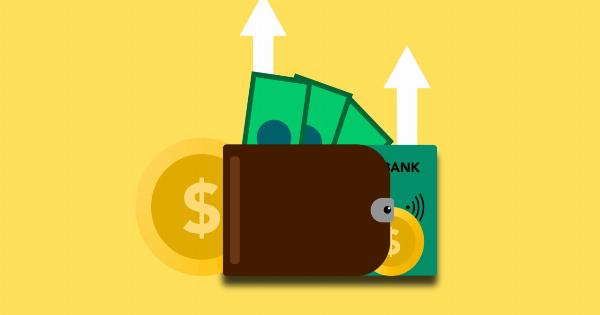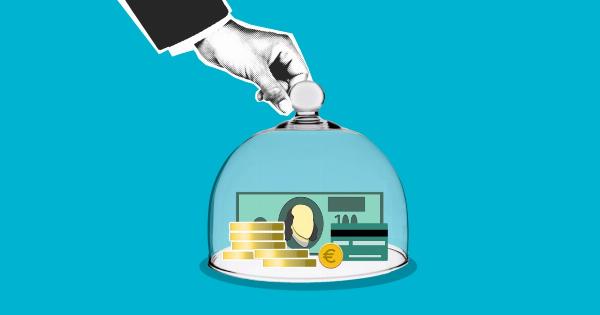In today’s society, healthcare costs continue to rise, leading to financial burdens for many individuals and families.
The high cost of medical treatment and insurance coverage can be overwhelming, especially for those who are already struggling financially. However, there are options available that can provide financial relief and save coverage for those in need. One such option is payment exemption.
In this article, we will explore how payment exemption can save coverage and provide vital financial assistance to individuals and families in need.
What is Payment Exemption?
Payment exemption, also known as fee exemption or medical financial hardship, is a program that allows individuals or families to be exempt from paying certain healthcare costs or insurance premiums.
This exemption is usually based on the individual’s or family’s income level and financial situation. It is designed to provide reprieve to those who cannot afford to pay for medical expenses or insurance coverage, ensuring they still have access to necessary healthcare services.
The Benefits of Payment Exemption
Payment exemption offers several benefits that can save coverage and provide significant financial relief:.
1. Access to Necessary Healthcare Services
By receiving payment exemption, individuals and families can access the healthcare services they need without worrying about the financial burden.
This ensures that medical conditions are addressed promptly, preventing potential complications and promoting overall well-being.
2. Cost Savings
Payment exemption can lead to substantial cost savings for individuals and families.
By being exempt from certain healthcare costs or insurance premiums, individuals can redirect their limited financial resources towards other essential needs, such as food, housing, or education.
3. Financial Relief for Vulnerable Populations
Payment exemption is particularly beneficial for vulnerable populations, including low-income individuals, elderly individuals, and those with chronic illnesses.
These individuals often face greater healthcare needs and are more likely to struggle with the financial burden of medical expenses. Payment exemption provides them with necessary financial relief, ensuring they can still access crucial healthcare services.
Eligibility Criteria for Payment Exemption
While payment exemption can offer significant financial relief, there are eligibility criteria that need to be met. These criteria may vary depending on the country or healthcare system, but some common factors include:.
1. Income Level
Payment exemption programs often consider the individual’s or family’s income level to determine eligibility.
Individuals and families with lower income are more likely to qualify for payment exemption as they face a greater financial burden.
2. Financial Hardship
Individuals experiencing financial hardship due to medical expenses or insurance costs may be eligible for payment exemption.
This can include individuals with high medical bills, limited or no insurance coverage, or those facing significant out-of-pocket costs.
3. Pre-Existing Conditions
Some payment exemption programs offer specific provisions for individuals with pre-existing conditions. These conditions may include chronic illnesses or disabilities that require ongoing medical treatment.
Payment exemption ensures that individuals with pre-existing conditions can afford necessary healthcare services.
How to Apply for Payment Exemption
Applying for payment exemption usually involves providing relevant financial information, proof of income, and documentation of medical expenses or insurance costs.
The application process may vary depending on the country or healthcare system, but some common steps include:.
1. Research Available Programs
Determine the available payment exemption programs in your country or region. Research the eligibility criteria, application process, and required documentation for each program, ensuring you meet the necessary requirements.
2. Gather Required Documents
Collect all relevant financial documents, including pay stubs, tax returns, and bank statements, which demonstrate your income level and financial situation.
Additionally, gather any medical bills or insurance statements that highlight your expenses and the financial burden.
3. Complete Application
Fill out the application form for the payment exemption program you wish to apply for. Ensure that all required fields are completed accurately and attach the necessary supporting documents.
Review the application to verify its completeness and prepare for submission.
4. Submit Application
Submit the completed application and supporting documents to the appropriate department or agency responsible for processing payment exemptions. Follow up on the application status and provide any additional information or documentation if requested.
Conclusion
Payment exemption can be a lifesaver for individuals and families struggling with healthcare costs and insurance coverage.
By providing financial relief and saving coverage, payment exemption ensures that everyone has access to necessary healthcare services. Understanding the eligibility criteria and application process is crucial to benefit from this relief.
If you or your family are facing financial hardship due to medical expenses or insurance costs, consider exploring payment exemption options in your country to ease the burden and secure the vital coverage you need.





























